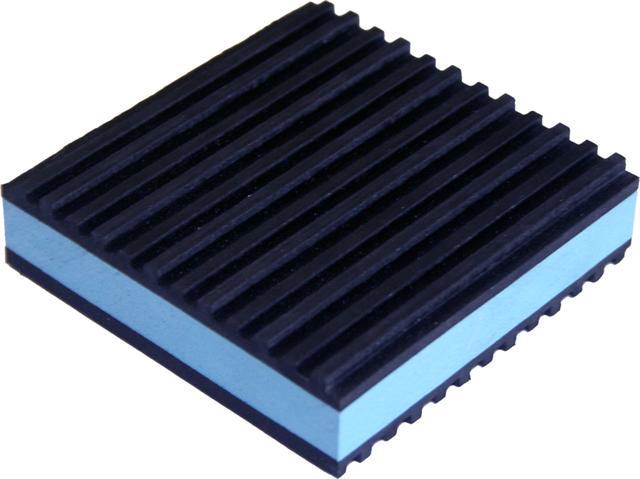Rerurn to Romy the Cat's Site
In the Forum: Horn-Loaded Speakers
In the Thread: Macondo’s Midbass Project – the grown up time.
Post Subject: Weight bearing decoupling inches back from mouth end of hornPosted by RF at Ona on: 9/15/2010
fiogf49gjkf0d
You can improve the vibration decoupling by lessening the weight on the horn mouth edge.
There is no need for the edge of the horn mouth to bear a great deal of the weight of the heavy end of the horn, although that seems your current plan. The mouth edge can be virtually weight free and, if you insist, connected to the framing to stabilize the mouth for acoustical reasons. But it is far better for vibration decoupling to have the weight carried to the joists several inches back from the horn mouth with significant anti-vibration padding at the weight bearing points.
Personally, I think it debatable whether the mouth edge should be free or attached as there are desirable aspects to both approaches. If attached, it need not be attached with great pressure.
The fewer points of contact, the less area of contact and the less weight of contact yield the less mechanical (vibration) coupling.
Putting the weight-bearing region behind the mouth edge would allow sufficient space for a variety of decoupling approaches and materials at the critical points and not be compromised by the limited space available for the mouth edge.
I am sure you have found or can easily find a variety of anti-vibration products on the net.
Here is one quick example: Atlanta Vibration Pads. They actually list loudspeaker vibration isolation as one of the uses for their products, for what it's worth. They make both a rubber with cork center sandwich pad and a rubber with a composite foam center pad. I’d consider a combination of the two layered together. You would need to watch the psi loading on these kinds of products.
http://atlantavibrationpads.com

Thought for today:
There may not be time to do it right but there may still be time to do it well.
Hope this helps,
Robert
Rerurn to Romy the Cat's Site